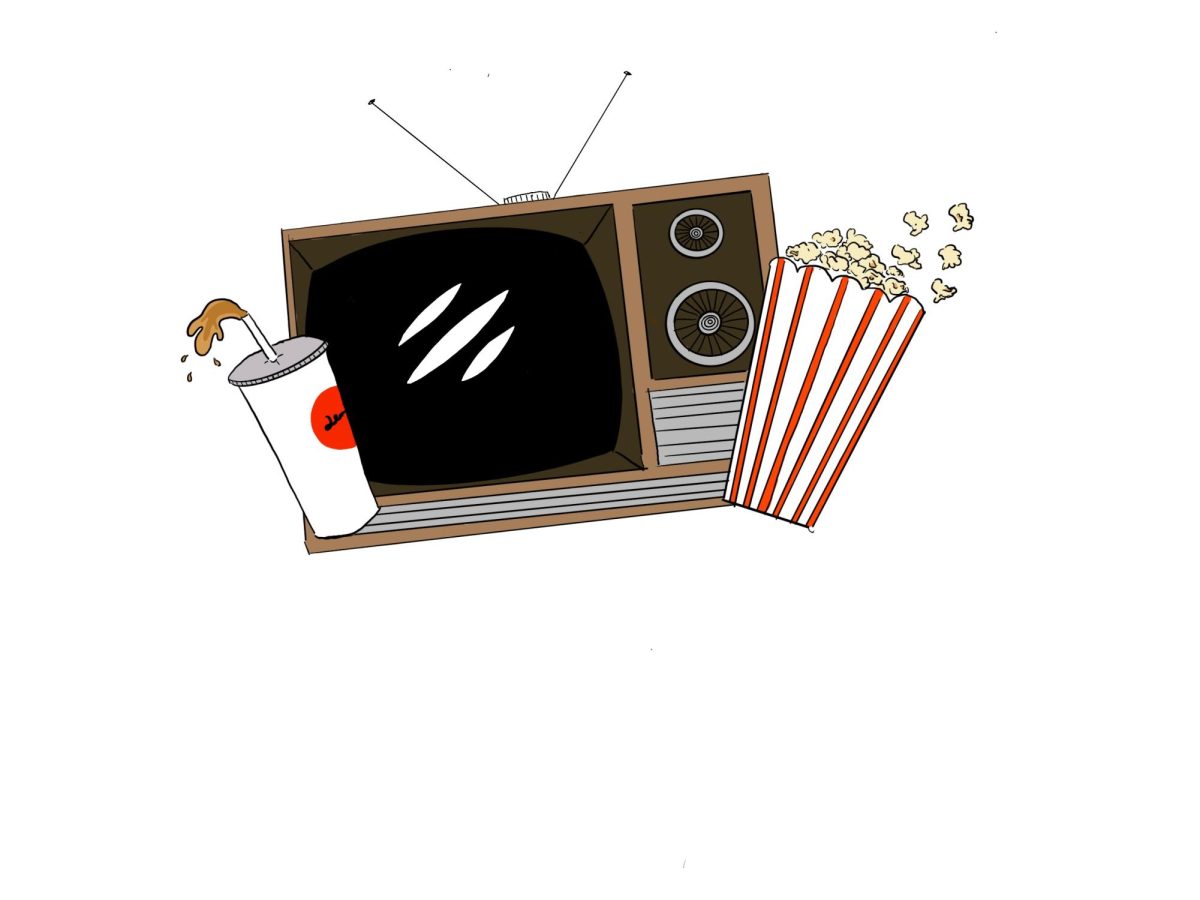
Leila Safa '28
Whenever I want to go watch a new movie, it’s another remake or sequel. There’s hardly any new material coming out as of late, and to be frank, I have grown tired of the lack of variety being fed to audiences.
The film industry is far from what it once was, as it seems filmmakers are far less focused on curating original, artistically and creatively driven films and instead making films that attempt to cash in on prior successes. Nowadays it’s common to see films market themselves off being part of an existing franchise or medium. Two such films emblematic of this phenomenon are Freakier Friday, the sequel to the 2003 film Freaky Friday and Snow White (2025), both properties funded and distributed by Disney. Freakier Friday worked with an approximate $42-45 million budget and grossed $149.9 million. According to The Numbers, a film industry data website, Snow White (2025) was a box office failure, starting out with a $270 million budget and only grossing about $206 million, coming at a 64 million dollar loss. Though Snow White was not Walt Dinsey’s worst performing film, that crown going to The Marvels (2023),
Disney and countless other film production companies have jumped on the bandwagon of creating countless sequels, remakes, and adaptations. But why? In short, these types of films are ‘economically friendly’ to studios as they have sources to work off of, as there are preestablished audiences they can market towards and revenue can be estimated. Original films, although many are successful, when considered in an economic perspective are a risky variable; studios can’t predetermine financial profits, and there isn’t a preexisting franchise to market off of. This isn’t to say economically friendly films don’t have their place in the extensive catalog of film affecting the film space economically, socially, and creatively in their respective ways, but as humans, “We are fed by originality [and] culture moves forward when there are new ideas and new voices” says Arts Co-Department Head and Film Teacher Mr. Moshe Quinn. Films should feed our inner craving for originality and interesting story telling, which the film industry isn’t currently particularly focused on.
Two examples of “economically friendly” films are adaptations of popular media and remakes. While both derive from already successful concepts, adaptations have the upper hand because they have a variety of other sources to pull inspiration from — including books, comics, and even video games. However, adaptations and remakes are simply just means to widen franchises for profit. Adaptations and remakes can garner and have shown to bring in high grossing movies but both struggle in fostering creativity as they have to be somewhat faithful to the original intellectual property in its execution. The common phrase, “I preferred the book over the movie,” can be attributed to the fact that film as a medium has limits. Oftentimes when creatives attempt to convert art into a different medium, such as film, many details and original meaning can be lost in the process, resulting in an underwhelming creation that didn’t hit quite as much as the source it originated from.
Sequels, similar to adaptations and remakes, create financial opportunities in terms of being able to start potential franchises. Creatively, sequels can help build upon an overarching narrative and can even be favored over their predecessors. However, sequels can also do the exact opposite and sour a narrative when they’re poorly executed or when they stretch out a narrative unnecessarily. I’m not even that antagonistic to sequels and their role in franchises. One of my favorite franchises is Saw. As the franchise has progressed it has had many directors and writers contribute in expanding and enriching its overarching narrative. Franchises aren’t bad for the film landscape, but it does harm the film industry when they are prolonged to garner revenue and not to demonstrate creative merit.
Films are made to garner a viewership, with the intention that the visuals, story, and message resonate with the audience. We, the people, are the market of the film industry and our engagement with films is how studios determine what they should make. Thus, while we could criticize and blame the studios, writers, and directors for being causing the lack of visual diversity, we must instead acknowledge the effect our personal contributions have.
Film is an active reflection of our society. So the next time you’re at the theater, popcorn in hand, just ask yourself: Why am I watching this film? Is this film bringing something new to the table? Is this film made to be consumed or to be seen?